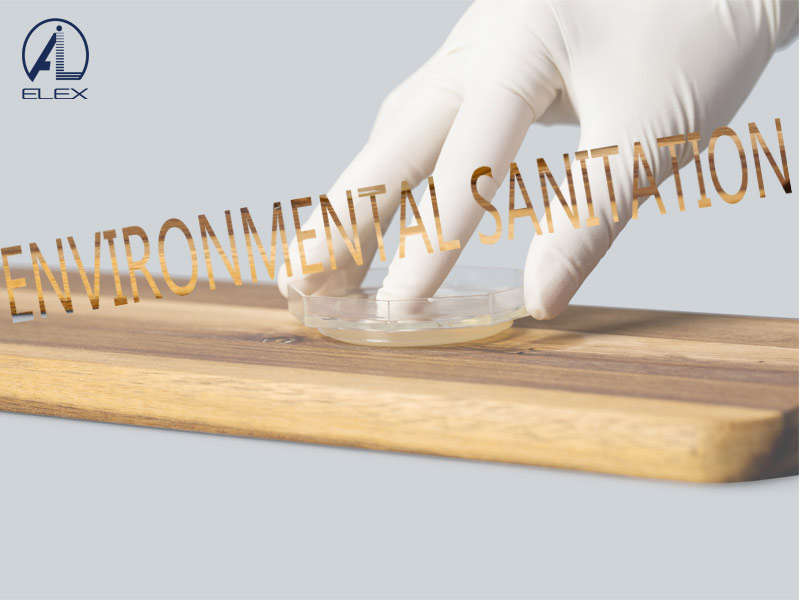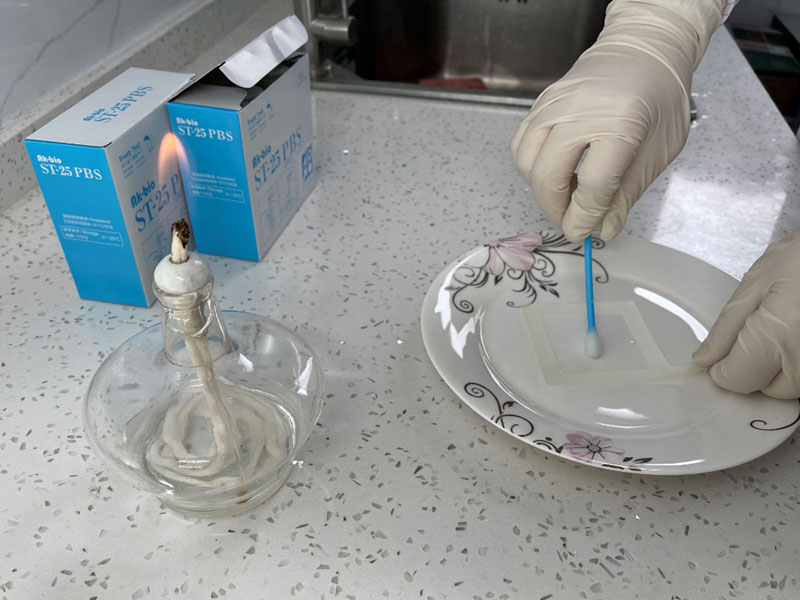After registrating the number, the environmental soil sampling retrieved from the field needs to go through a preparation process: air-drying, grinding, sieving, mixing, and bottling to prepare for various determinations. For soil heavy metals, dried samples are generally used. Semi-volatile and persistent soil sampling for environmental contaminants generally adopts freeze-drying samples; volatile organic pollutants are generally determined by fresh samples. And fresh samples can be temporarily stored in the refrigerator or freezer but must be extracted within 10 days.
Soil samples collected from the field should be placed in the Sterile Sampling Bag in time, spread into a thin layer, and placed in a clean and tidy indoor ventilated place to dry naturally. Exposure to the sun is strictly prohibited, and attention should be paid to preventing acid, alkali, and other gas and dust pollution. In the process of air-drying, the soil samples should be turned frequently and the large pieces should be crushed to speed up the drying. At the same time, the intrusions other than the soil should be removed, and the fine and broken roots of plants can be removed by electrostatic adsorption. The air-dried soil samples are ground and sieved according to different analysis requirements and are thoroughly mixed and put into sample bottles for later use. Heavy metal analysis samples are required to pass a 100 mesh (0.149 mm) sieve, and organic pollutant analysis samples are generally required to pass a 60 mesh (0.25 mm) sieve. Special attention must be paid in each process of handling samples. For samples used for heavy metal analysis, do not touch metal utensils to avoid contamination of the samples. Generally, agate mortar and nylon mesh screens are used; while samples used for organic pollutant analysis, you should prevent the use of plastic tools. There is a label inside and outside the sample bottle, indicating the number, sampling location, soil name, sampling depth, sample size, sampling date, sampling person, sample preparation time and sample preparation person.
The prepared samples should be stored properly to avoid the pollution of sunlight, high temperature, humidity, acid, and alkali. After all analysis work is completed and the analysis data is verified to be correct, the sample is generally stored for 3 months to half a year for inquiries. The few valuable samples that need to be stored for a long time must be stored in a wide-mouth bottle, and the mouth of the bottle must be sealed with wax. Samples should be stored at low temperatures where conditions permit.
 A Tentative Study on the relevance of HACCP certification and infection control in hospital
A Tentative Study on the relevance of HACCP certification and infection control in hospital
 Environmental Sanitation Microbiology Testing
Environmental Sanitation Microbiology Testing
 Microbiology Test in Food Industry
Microbiology Test in Food Industry
 The Applicability of High-quality Ready-to-use Swab Sampler for Tableware Sampling and Public Places Supplies and Utensils Microorganisms
The Applicability of High-quality Ready-to-use Swab Sampler for Tableware Sampling and Public Places Supplies and Utensils Microorganisms
 Spike Experiment of DNP Culture Media Plate Based on Ice Cream
Spike Experiment of DNP Culture Media Plate Based on Ice Cream

